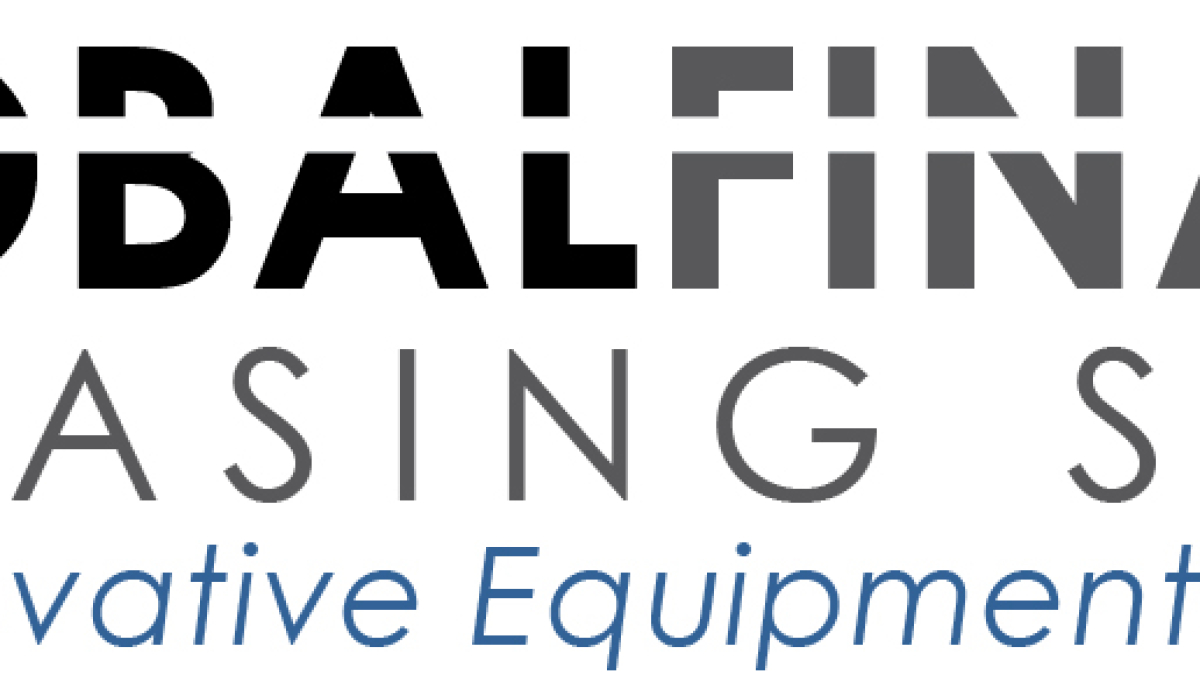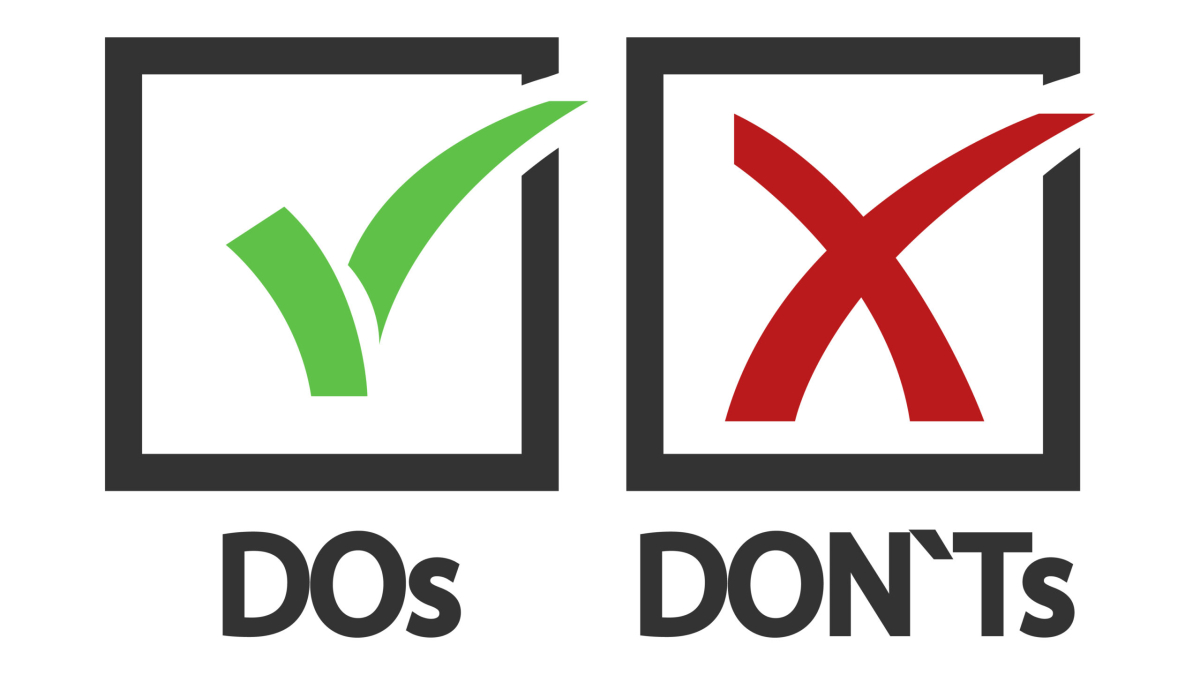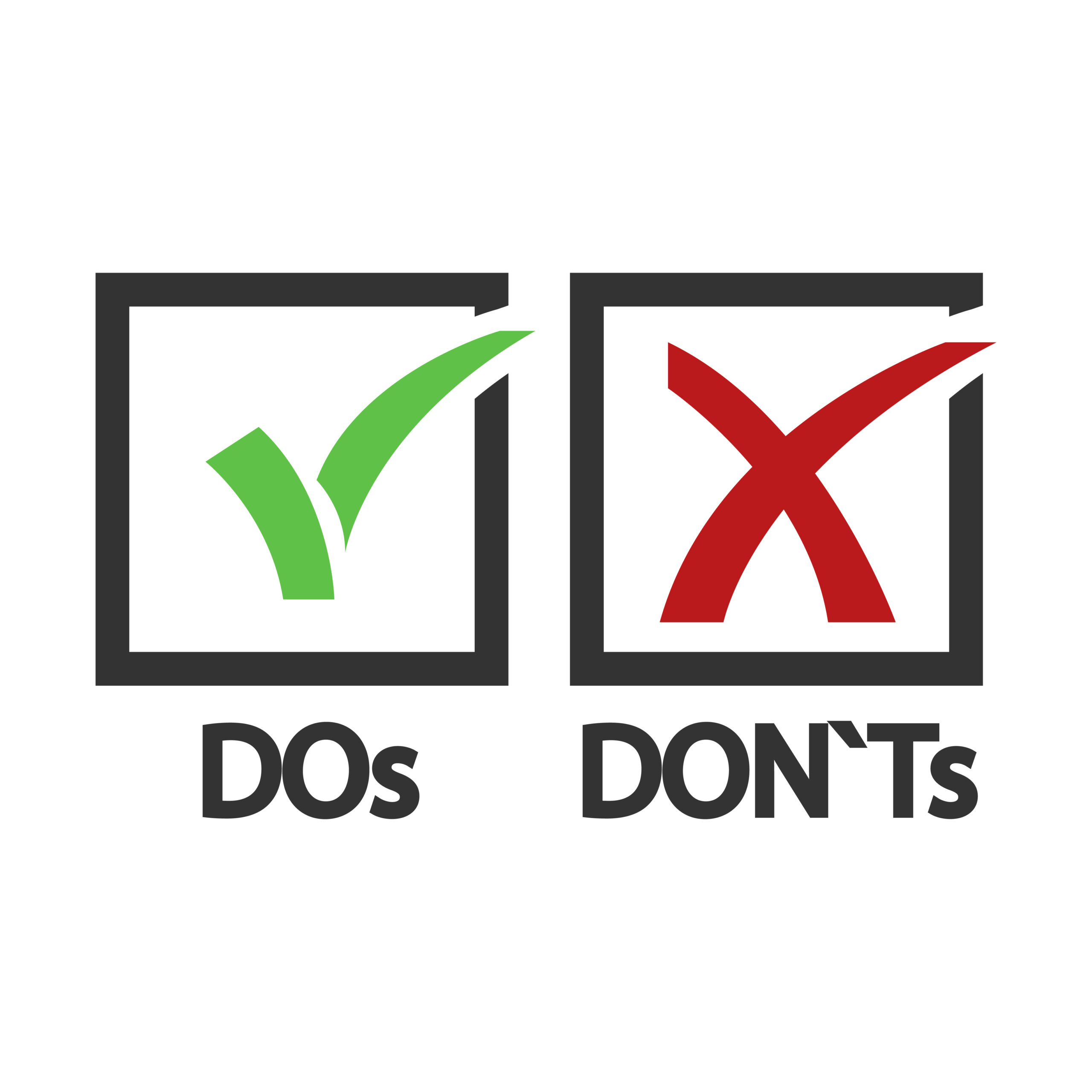Here’s What COVID-19 has Taught Us
If this past year has taught us anything, it’s the importance of continuity planning for businesses.
COVID-19 caught everyone off-guard, including most business owners. They weren’t prepared for freight slowdowns, sick employees and limited office capacities. Many scrambled to adjust during the early days of the pandemic, and some experienced their businesses going under.
The pandemic served as a wake-up call for many business owners about the importance of developing a Business Continuity Plan (BCP). A solid BCP can help you navigate your course while enduring pandemics, natural disasters or other serious disruptions.
If you or your company’s leadership team is in the process of developing a BCP in the wake of COVID-19, consider the following key elements to ensure that you are ready for nearly anything.
Maintaining Essential Business Functions
The primary purpose of a BCP is to identify and determine how to maintain the core functions of your business. For instance, if you manufacture goods, then keeping your assembly line running will be your top concern during a crisis, and you may not be as concerned with issues like marketing.
You must take care to determine which departments and functions must be prioritized if your work is disrupted, and you must plan to keep those areas afloat. With COVID, you had to ensure that all essential employees knew their duties and had proper protective equipment while giving non-essential ones the equipment that they needed to work from home. Likewise, if a natural disaster hit, you would need to prioritize maintaining or rebuilding the core parts of your business over less essential ones.
Keeping Your Customers Happy
If disaster strikes, you will also need to be prepared to communicate with your customers about how it has impacted your business. For this, you should collaborate with your sales and/or marketing team to prepare a message that is honest and effective to maintain customer loyalty and satisfaction.
Your communication plan should always prioritize honesty and integrity. If a freak winter storm has disrupted your freight and delayed orders, then you need to tell customers that directly, and you must provide realistic timelines for fulfillment. One way to smooth over any disappointments is to offer discounts or other future benefits to clients who choose to weather the storm with you.
Your customers make your business, and in any BCP, you must have a plan to keep them satisfied, even when your business is struggling.
Maintaining Your Financial Health
Finally, your BCP should outline how your business plans to address losses from a crisis. Some of these actions may be as simple as expanding your emergency fund, but other issues, like protecting your credit, may be more difficult.
You must create financial contingency plans that maintain the primary functions of your business while cutting costs. This may involve furloughing non-essential employees, selling assets or working with your creditors on payments.
READ MORE: What You Should and Shouldn’t Do If You Can’t Make Your Equipment Lease Payment
At its core, your BCP should consist of preventive and emergency measures to take in case of emergency without hurting your customer base or credit score. Part of building a good financial BCP is working with trusted partners like Global Financial & Leasing Services (GLFS). To learn more about how we assist businesses during trying times, contact us.



 stories of confidence thanks to increased business volume, but also, we’re seeing it in the numbers. Certainly, the pandemic has affected small and mid-sized businesses across a spectrum of industries. It’s these exact organizations that’ve been hit hardest and have more difficulty securing financing, especially if they fall on the lower tier of credit ratings.
stories of confidence thanks to increased business volume, but also, we’re seeing it in the numbers. Certainly, the pandemic has affected small and mid-sized businesses across a spectrum of industries. It’s these exact organizations that’ve been hit hardest and have more difficulty securing financing, especially if they fall on the lower tier of credit ratings.
 When Other Lenders Say No, We Often Say Yes
When Other Lenders Say No, We Often Say Yes
 When financing major business equipment purchases, choosing the right lender from the many out there can boggle the mind. Shady companies and scam artists have flourished in the age of the internet, and sometimes, it can seem hard to tell who’s legitimate and who isn’t.
When financing major business equipment purchases, choosing the right lender from the many out there can boggle the mind. Shady companies and scam artists have flourished in the age of the internet, and sometimes, it can seem hard to tell who’s legitimate and who isn’t.


 The Difference Between the Essentials and Nice-to-Haves
The Difference Between the Essentials and Nice-to-Haves
 Communication is Key
Communication is Key


 October marks the start of the 4th quarter and the beginning of the end of the tax year for many business owners. If you’ve been considering making purchases for your business, this might be the right time to buy. Your business benefits from having the goods or services available now, and your expense write offs can reduce your tax liability for this year.
October marks the start of the 4th quarter and the beginning of the end of the tax year for many business owners. If you’ve been considering making purchases for your business, this might be the right time to buy. Your business benefits from having the goods or services available now, and your expense write offs can reduce your tax liability for this year.
 Prior to the global pandemic, the national unemployment rate was low, leaving millions of jobs unfilled. COVID-19 struck and unemployment soared, but with economic activity resuming, the unemployment rate fell to 7.9% in September.
Prior to the global pandemic, the national unemployment rate was low, leaving millions of jobs unfilled. COVID-19 struck and unemployment soared, but with economic activity resuming, the unemployment rate fell to 7.9% in September.